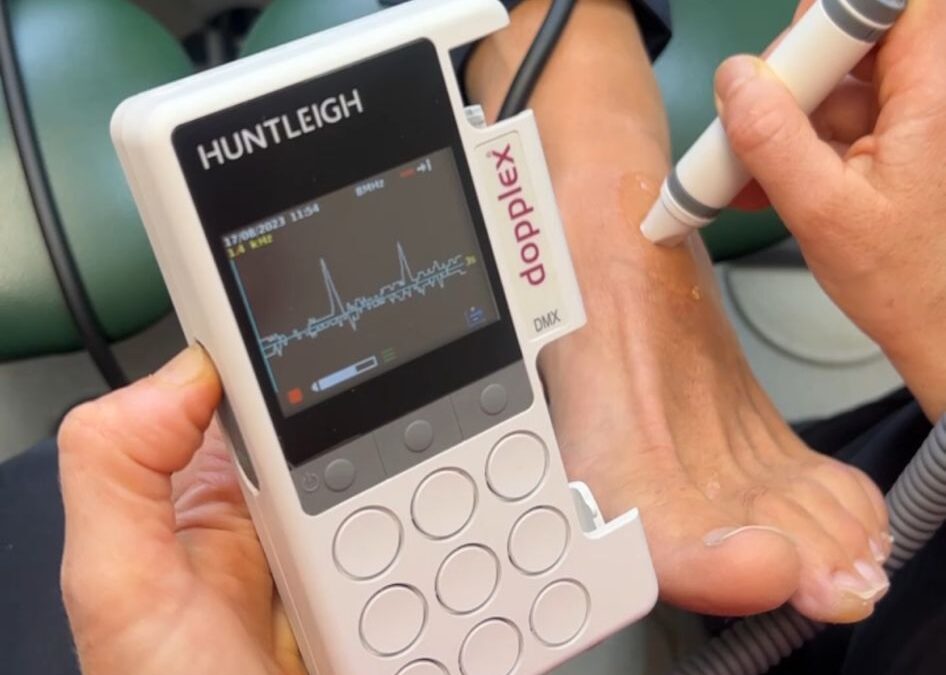
Why Foot Health Matters
The Importance of Foot Health in Overall Health
When we think about health and wellness, we often think about our physical and mental health. However, there’s a crucial aspect that often goes overlooked – our feet.
Our feet are like the foundations of our body, and taking care of them can have profound impacts on our overall health.
Why Foot Health Matters
Mobility and Independence
Our feet are often our primary means of getting around. Healthy feet allow us to walk, run, and engage in a wide array of physical activities. When our feet are in pain or not functioning properly, it can severely limit our mobility. This can lead to a sedentary lifestyle, which is associated with numerous health issues such as obesity, cardiovascular disease, and diabetes. Keeping our feet healthy helps maintain our independence and ability to move freely.
Posture and Balance
The condition of our feet affects our posture and balance. Poor foot health can lead to issues such as misalignment, which can cause pain in other parts of the body, including the knees, hips, and back. Conditions like flat feet or high arches can alter the way we walk and stand, leading to an uneven distribution of weight and additional stress on our joints and muscles.
Early Detection of Health Issues
The feet can be a window into our overall health. Many systemic diseases manifest initial symptoms in the feet. By paying attention to changes in our feet, we can detect and address these health problems early.
Preventing Chronic Pain
Foot problems like plantar fasciitis, bunions, and Achilles tendonitis can cause chronic pain. This pain can lead to altering our gait or posture to avoid discomfort. These changes can result in additional problems and pain in other parts of the body. Addressing foot issues promptly can prevent this domino effect of pain and discomfort.
Common Foot Problems and Prevention
Understanding common foot problems and how to prevent them is crucial for maintaining good foot health.
- Bunions: These are bony bumps that form on the joint at the base of the big toe. They can be managed, and following our advice on footwear/orthoses and special exercises we can reduce the problems this common condition can lead to.
- Plantar Fasciitis: This condition causes pain in the heel and is often due to biomechanical issues that cause repeated micro trauma to the plantar fascia. Our custom orthoses / insoles, footwear advice and exercises for the feet and legs can help treat this painful condition and reduce the risk of recurrence.
- Athlete’s Foot: This fungal infection thrives in warm, moist environments. Keeping feet dry, changing socks regularly, and using anti-fungal sprays and creams can help prevent and treat this common issue.
Tips for Healthy Feet
Choose the Right Footwear
Wear shoes that fit well and provide adequate support. Avoid high heels and narrow shoes that squeeze the toes. Opt for shoes with good arch support and cushioning.
Maintain Good Hygiene
Wash your feet daily, dry them thoroughly, especially between the toes, and trim your toenails straight across to prevent ingrown toenails.
Keep Your Feet Moisturised
Dry, cracked skin can lead to infections. Use a good foot moisturiser, but avoid applying it between the toes to prevent fungal infections.
Exercise Regularly
Regular exercise improves circulation to your feet. Activities like walking, stretching, and strengthening exercises can keep your feet flexible and strong.
Regular Check-Ups
Visit a podiatrist for regular check-ups, especially if you notice any changes or experience foot pain. Early intervention can prevent minor issues from becoming major problems.
Our feet play an important role in our overall health. By paying attention to foot health, we can prevent a host of other health issues, maintain our mobility and independence, and improve our quality of life. Remember, happy feet make for a happier, healthier you!
Take a step towards a healthy, active life by giving your feet the care and attention they deserve.
Visit our booking page or call our team on 020 7381 6682 to book your appointment in our Fulham or Putney clinics today.
View our services or head over to the booking page to book your appointment today.
We are here to help you to #TakeSteps
- To an active recovery following injury
- To active, healthy feet for your family
- To a personal best
- To an Active Life





